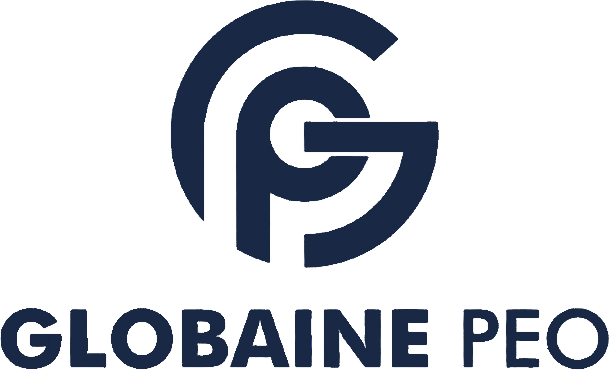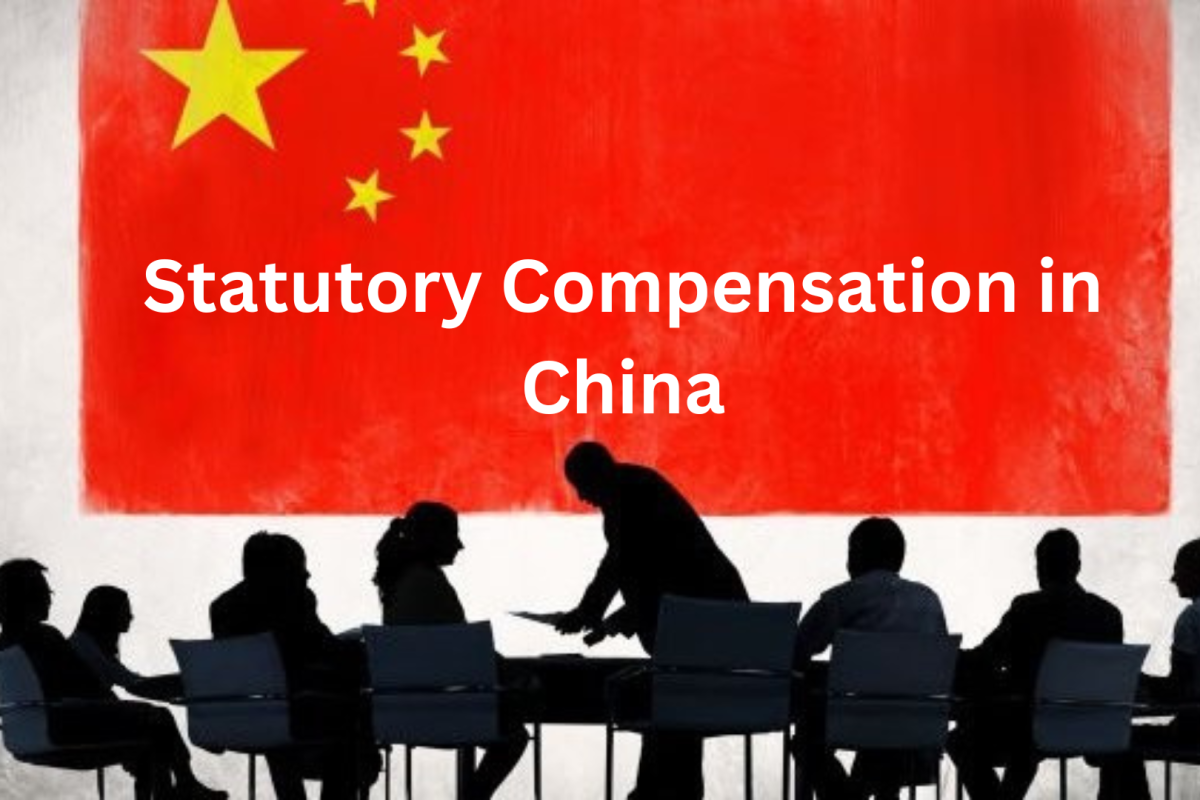If you’re hiring in China, understanding statutory compensation is crucial. These benefits are legally mandated and help ensure that employees are covered across several essential areas, including healthcare, retirement, and housing. China’s compensation package, commonly referred to as the “Five Insurances and One Fund,” may initially seem overwhelming, but this guide will simplify the details and prepare you for compliance and employee satisfaction.
What is China’s Statutory Compensation?
In China, the statutory compensation system, commonly referred to as the “Five Insurances and One Fund,” is a fundamental requirement for all employers. This system ensures that employees are supported in several important areas of their lives, from healthcare to housing. Let’s break down what each component covers:
1. Pension Insurance (养老保险)
Purpose: Supports employees after they stop working, ensuring they have a source of income during retirement.
Cost: Employers usually contribute about 16% of the employee’s salary, while employees contribute around 8%. This percentage can vary depending on local regulations.
Access: Employees must contribute for at least 15 years to receive benefits upon retirement. The retirement age in China is typically 60 for men and 55 for female civil servants, while 50 for female workers in other sectors. There are ongoing discussions about gradually increasing this age to address the aging population and economic pressures.
2. Medical Insurance (医疗保险)
Purpose: Covers medical expenses, hospital stays, and prescription drugs, providing a safety net for health-related costs.
Cost: Employers contribute approximately 6%, while employees contribute around 2%. The percentage can vary slightly by province, so it’s advisable to check local rates.
Coverage: Employees can access a broad range of healthcare services, with options for additional family coverage in some regions. Reimbursement for medical expenses may range from 50% to 90%, depending on the hospital tier and local regulations. Companies might also consider offering supplementary health insurance to attract and retain talent.
3. Unemployment Insurance (失业保险)
Purpose: Provides financial support if an employee loses their job involuntarily.
Cost: Employers pay between 0.5% – 1%, and employees contribute around 0.2%.
Requirement: Employees must have at least one year of contributions to qualify for benefits, which typically last six months to two years, depending on the length of contributions. This insurance acts as a vital safety net, especially in volatile economic times.
4. Work Injury Insurance (工伤保险)
Purpose: Helps cover costs associated with work-related injuries.
Cost: This varies by industry risk and is fully covered by employers. Higher-risk industries pay more, so businesses should conduct a risk assessment to ensure proper contributions.
Benefits: It covers medical costs, rehabilitation, disability compensation, and death benefits for dependents. Employers should report workplace injuries promptly to ensure employees receive timely support. It’s also worth noting that companies are encouraged to implement workplace safety training to reduce incidents.
5. Maternity Insurance (生育保险)
Purpose: Covers healthcare and maternity leave for employees who are giving birth.
Cost: Paid solely by employers, making it a significant cost to factor into HR budgeting.
Leave Benefits: Maternity leave typically lasts 98 days, with possible extensions based on regional policies. Some regions also offer supplementary benefits for employees who choose to have more than one child, as part of the government’s encouragement of family growth. This initiative is particularly important in addressing demographic challenges in the country.
6. Housing Provident Fund (住房公积金)
Purpose: Aids employees with housing costs, whether buying, renting, or renovating.
Cost: Both employer and employee contribute equally, usually between 5-12% of the salary. Some cities have set minimum and maximum contribution rates.
Usage: Funds can be withdrawn for specific purposes like purchasing a home or paying rent. This system encourages employees to save for housing while providing access to low-interest loans for first-time homebuyers. As property prices rise, this fund has become increasingly valuable for young professionals entering the housing market.
Quick Reference Table: Contribution Rates by Category
Here’s a quick table breaking down employer and employee contributions for each insurance type. Keep in mind that rates can vary slightly by region, so it’s always a good idea to double-check local requirements.
Benefit | Employer Contribution | Employee Contribution | Purpose |
|---|---|---|---|
Pension Insurance | ~16% | ~8% | Retirement income |
Medical Insurance | ~6% | ~2% | Basic healthcare expenses |
Unemployment Insurance | 0.5% – 1% | ~0.2% | Financial support during job loss |
Work Injury Insurance | Varies by industry | None | Compensation for work-related injuries |
Maternity Insurance | Varies regionally | None | Covers maternity leave |
Housing Provident Fund | 5-12% | 5-12% | Supports housing costs |
Statutory Leave Requirements
Beyond the compensation contributions, China’s labor laws mandate paid leave for employees. Here’s a rundown of various leave types:
Leave Type | Duration | Eligibility | Additional Notes |
|---|---|---|---|
Annual Leave | 5 days (1-10 years), 10 days (10-20 years), 15 days (20+ years) | Based on service years | Unused leave must be compensated |
Sick Leave | 3-24 months, depending on illness and service years | Medical documentation may be required | Pay varies by region |
Maternity Leave | 98 days, extendable | Available to all eligible employees | Some regions offer additional leave days |
Paternity Leave | 7-30 days | Varies regionally | Depends on locality regulations |
Public Holidays | 11 statutory holidays | All employees | Regions may add local holidays |
Best Practices for Staying Compliant
Navigating China’s labor landscape can be complex, but here are some best practices to ensure compliance:
Check Regional Differences: Contribution and leave policies can differ significantly by city. Always stay updated on local regulations to avoid costly mistakes.
Keep Thorough Records: Accurate record-keeping is essential. It not only helps ensure compliance but is also crucial for passing audits and maintaining smooth operations. Documenting all contributions and employee benefits can save your business from legal headaches.
Consider an EOR: Partnering with an Employer of Record (EOR) can simplify compliance. They manage payroll, taxes, and benefits, helping you navigate the intricate landscape of labor laws in China. This option is particularly beneficial for foreign companies unfamiliar with local regulations.
Wrapping Up
By getting familiar with the ins and outs of statutory compensation, you can create a supportive work environment that helps attract and retain top talent. So whether you’re an employer diving into the Chinese market or an employee curious about your benefits, remember: knowledge is power, and with GlobainePEO by your side, you’re in good hands!
GlobainePEO – Your Trusted Partner
At GlobainePEO, we specialize in simplifying these complexities for you. Our tailored HR solutions ensure that you meet all local statutory requirements while providing your employees with the benefits they deserve. With our expertise by your side, you can confidently focus on growing your business in China! We’re here to support you every step of the way, making your transition into the Chinese market as smooth as possible.

